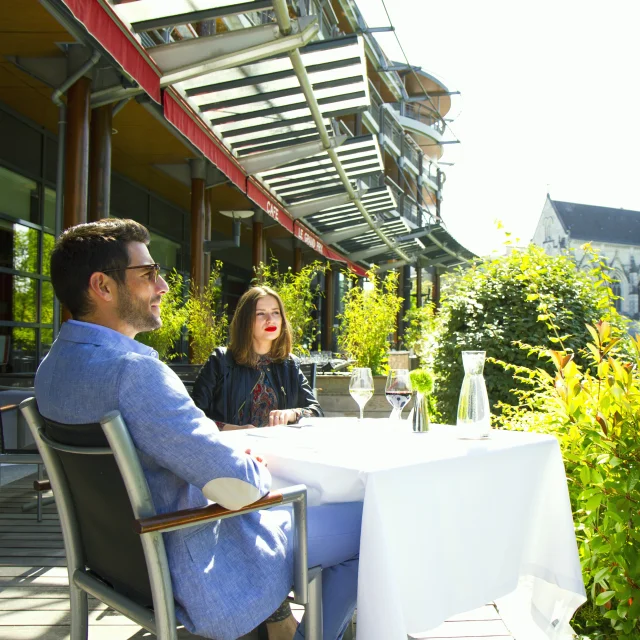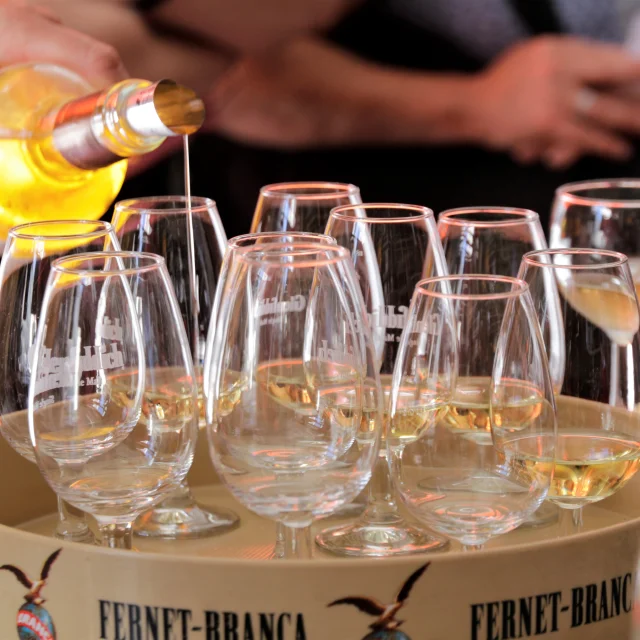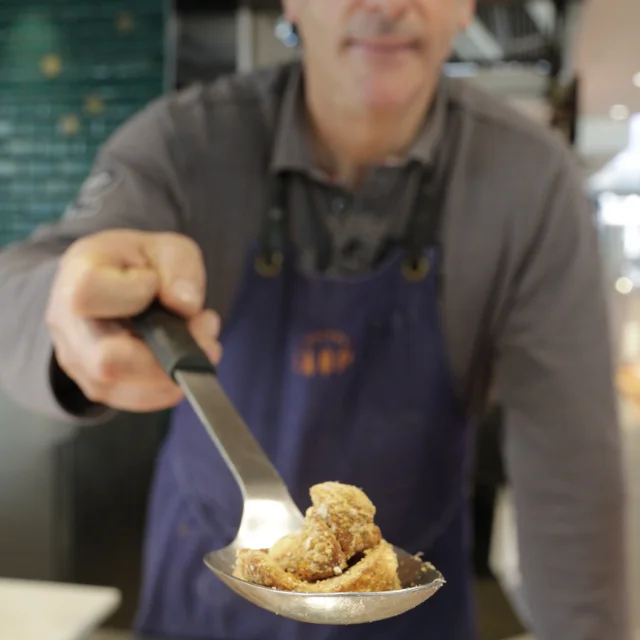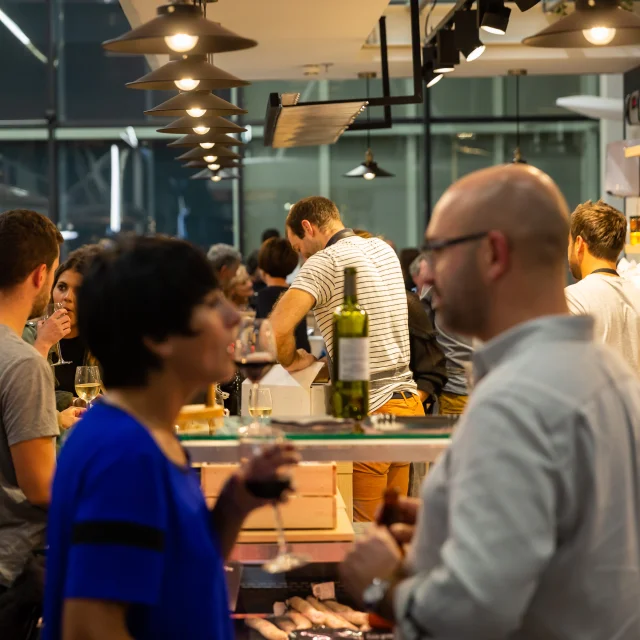A term with multiple meanings, compás designates the rhythmic phenomenon in general, as well as an immutable, almost sacred structure of time. In flamenco, musical time is sculpted around rhythmic cycles, each with its own dialectic, a way of organizing musical discourse and speaking to us.
Inspired by the elasticity of pulsation found in many performers, Maël Goldwaser extends traditional compás to imagine new cycles on which to compose his music. To fuel his investigations, he turned to the East, to Indian music and the Tabla to be precise. India, sometimes regarded as the birthplace of flamenco, offers infinitely rich tools for the rhythmic explorer.
Inspired by the elasticity of pulsation found in many performers, Maël Goldwaser extends traditional compás to imagine new cycles on which to compose his music. To fuel his investigations, he turned to the East, to Indian music and the Tabla to be precise. India, sometimes regarded as the birthplace of flamenco, offers infinitely rich tools for the rhythmic explorer.





